Home>Gardening & Outdoor>Landscaping Ideas>What Is The Most Destructive Insect Pest In Michigan Lawns?
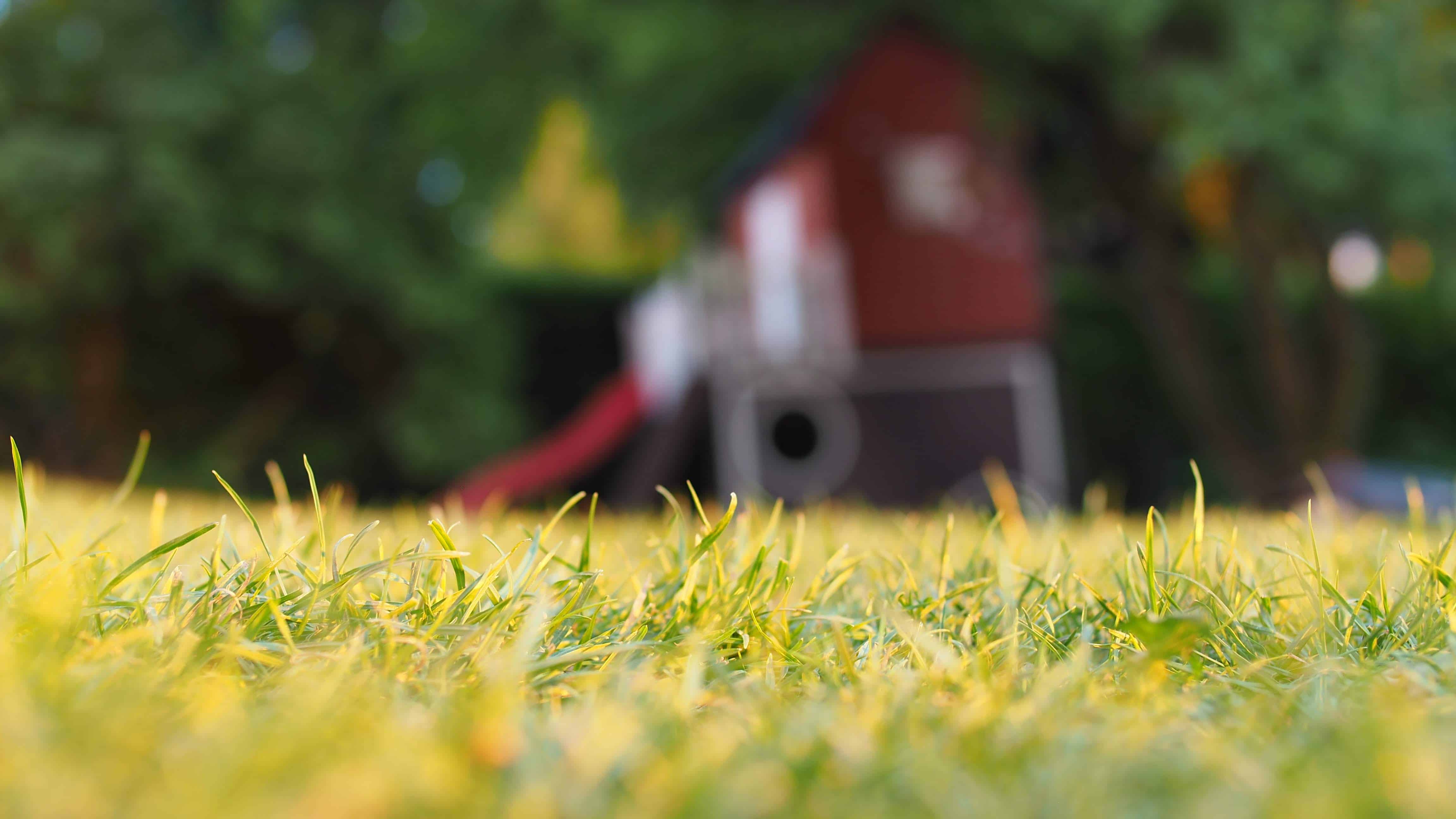

Landscaping Ideas
What Is The Most Destructive Insect Pest In Michigan Lawns?
Published: December 25, 2023
Discover the most destructive insect pest in Michigan lawns and get expert landscaping ideas to protect your lawn. Learn how to prevent and control these damaging pests.
(Many of the links in this article redirect to a specific reviewed product. Your purchase of these products through affiliate links helps to generate commission for Storables.com, at no extra cost. Learn more)
Introduction
Landscaping adds beauty and value to any property, but maintaining a lush, green lawn in Michigan comes with its fair share of challenges. One of the most persistent and destructive issues that homeowners and lawn care professionals face is the presence of insect pests. These tiny invaders can wreak havoc on even the healthiest of lawns, causing unsightly damage and threatening the well-being of the grass. In Michigan, several insect pests pose a significant threat to the vitality of lawns, each with its own destructive capabilities. Understanding these pests and their impact is crucial for effective pest management and maintaining a thriving lawn.
In this article, we will explore some of the most destructive insect pests that plague Michigan lawns, shedding light on their characteristics, behaviors, and the damage they can inflict. By gaining insight into these pests, homeowners and lawn care enthusiasts can take proactive measures to protect their lawns and mitigate the risks posed by these troublesome insects.
Key Takeaways:
- Michigan lawns face destructive insect pests like Japanese beetles, European chafers, billbugs, and white grubs. Understanding their behavior and implementing targeted strategies is crucial for protecting the health and beauty of the turf.
- Proactive monitoring, timely intervention, and integrated pest management practices are essential for safeguarding Michigan lawns from the detrimental effects of insect pests. By staying informed and taking strategic pest management approaches, homeowners and lawn care enthusiasts can enjoy thriving, pest-resistant lawns.
Read also: 9 Amazing Insect Killer For Lawns For 2024
The Japanese Beetle
The Japanese beetle (Popillia japonica) is a notorious pest that can cause significant damage to lawns and ornamental plants in Michigan. These metallic green and copper-colored beetles are about half an inch long and are easily recognizable by their iridescent bodies and white tufts of hair along their sides. While the adult beetles feed on the foliage of over 300 plant species, their larvae, known as white grubs, are particularly destructive to lawns.
During their larval stage, Japanese beetle grubs feed on grassroots, causing the grass to wilt and turn brown. This feeding behavior can result in patches of dead or dying grass, creating unsightly blemishes across the lawn. Additionally, the presence of white grubs can attract foraging animals such as raccoons, skunks, and birds, which further exacerbate the damage by digging up the turf in search of the grubs.
Controlling Japanese beetles and their larvae requires a multifaceted approach. For adult beetles, physical removal by handpicking or using traps can help reduce their numbers. Insecticidal soaps and botanical insecticides can also be used to manage adult populations. When dealing with white grubs, applying beneficial nematodes or certain chemical pesticides can effectively target and control the larvae in the soil, safeguarding the lawn from their destructive impact.
By understanding the life cycle and habits of the Japanese beetle, homeowners and lawn care professionals can implement targeted strategies to protect their lawns from the detrimental effects of these invasive pests.
The European Chafer
The European chafer (Rhizotrogus majalis) is another significant insect pest that poses a threat to lawns in Michigan. This invasive species, native to Europe, has established itself as a destructive force, particularly in the Great Lakes region. Adult European chafers are tan or light brown beetles, approximately half an inch long, and are often observed flying in the evening hours during their mating season.
Similar to the Japanese beetle, the larvae of the European chafer, known as white grubs, are the primary culprits behind the damage inflicted on lawns. These grubs feed on grassroots, causing the turf to weaken and become discolored. As a result, affected areas may exhibit signs of wilting and browning, ultimately leading to patches of damaged or dying grass.
Managing European chafer infestations requires a comprehensive approach that targets both adult beetles and their larvae. For adult chafers, employing pheromone traps and insecticidal treatments can help reduce their numbers and minimize mating activity. When addressing the larvae, applying biological control agents such as nematodes or utilizing certain chemical pesticides can effectively combat the destructive impact of the grubs on the lawn.
Given the threat posed by the European chafer to Michigan lawns, proactive monitoring and timely intervention are crucial for preserving the health and aesthetics of the turf. By staying informed about the behavior and life cycle of this pest, homeowners and lawn care professionals can implement targeted strategies to safeguard their lawns from the detrimental effects of European chafer infestations.
Grubs are the most destructive insect pest in Michigan lawns. To prevent damage, apply grub control in late spring or early summer. Keep your lawn healthy to reduce the risk of infestation.
The Billbug
The billbug, a type of weevil belonging to the Sphenophorus genus, is a common and destructive insect pest that can wreak havoc on lawns in Michigan. These small, dark-colored weevils are often overlooked due to their inconspicuous size, but their impact on turf can be substantial. Billbug larvae are particularly damaging, as they tunnel into the stems of grass plants and feed on the internal tissues, leading to weakened and discolored turf.
Identifying billbug damage can be challenging, as the symptoms often mimic those of other lawn issues. However, key indicators of billbug infestations include wilting, yellowing, or browning of grass, especially in irregular patches across the lawn. Additionally, the presence of adult billbugs, which are about a quarter to half an inch long and have distinctive snouts, can signal an ongoing or potential infestation.
Controlling billbug infestations requires a targeted approach that addresses both adult weevils and their larvae. For adult billbugs, employing insecticidal treatments and cultural practices such as mowing at the appropriate height can help manage their populations. When dealing with billbug larvae, utilizing insecticides or biological control agents can effectively target and mitigate the impact of the grubs on the lawn.
Given the potential for billbugs to cause significant damage to Michigan lawns, proactive monitoring and prompt intervention are essential for preserving the health and vitality of the turf. By familiarizing themselves with the characteristics and behavior of billbugs, homeowners and lawn care professionals can implement tailored strategies to protect their lawns from the detrimental effects of billbug infestations.
The White Grub
White grubs, the larval stage of various beetle species, including Japanese beetles, European chafers, and billbugs, are among the most destructive insect pests that impact lawns in Michigan. These C-shaped, cream-colored larvae reside in the soil, where they feed on grassroots, leading to significant damage to the turf. The presence of white grubs can result in patches of wilted, brown, or dead grass, compromising the aesthetic appeal and health of the lawn.
Identifying white grub infestations often involves observing the symptoms of turf damage, such as irregular patches of weakened or dying grass that detach easily from the soil. Additionally, the presence of foraging animals, such as skunks, raccoons, or birds, digging up the turf in search of grubs can signal an underlying white grub infestation.
Controlling white grubs requires a multifaceted approach that targets the larvae during their vulnerable stages. Implementing cultural practices, such as proper irrigation and mowing techniques, can create an environment less conducive to white grub development. Additionally, the application of biological control agents, such as nematodes, or the use of targeted chemical pesticides can effectively manage white grub populations and mitigate their impact on the lawn.
Given the destructive potential of white grubs and their association with various beetle species, proactive monitoring and timely intervention are essential for preserving the health and aesthetics of Michigan lawns. By understanding the behavior and life cycle of white grubs, homeowners and lawn care professionals can implement tailored strategies to protect their lawns from the detrimental effects of white grub infestations.
Read more: What Insects Eat Grass
Conclusion
Insect pests pose a significant threat to the health and vitality of lawns in Michigan, requiring vigilant monitoring and proactive management to mitigate their destructive impact. The Japanese beetle, European chafer, billbug, and white grub are among the most notorious culprits responsible for inflicting damage on turf, presenting challenges to homeowners and lawn care professionals alike.
Understanding the characteristics, behavior, and life cycles of these insect pests is paramount in implementing effective pest management strategies. By familiarizing themselves with the signs of infestation and the specific vulnerabilities of each pest, individuals can take targeted measures to protect their lawns and preserve their aesthetic appeal.
Proactive monitoring, timely intervention, and the implementation of integrated pest management practices are essential for safeguarding Michigan lawns from the detrimental effects of insect pests. By combining cultural practices, biological control agents, and targeted insecticidal treatments, homeowners and lawn care professionals can effectively combat infestations and maintain the health and beauty of their turf.
Ultimately, staying informed about the most destructive insect pests in Michigan lawns empowers individuals to take proactive steps in preserving the green expanse of their outdoor spaces. By leveraging knowledge and implementing strategic pest management approaches, homeowners and lawn care enthusiasts can enjoy thriving, pest-resistant lawns that enhance the beauty and value of their properties.
Frequently Asked Questions about What Is The Most Destructive Insect Pest In Michigan Lawns?
Was this page helpful?
At Storables.com, we guarantee accurate and reliable information. Our content, validated by Expert Board Contributors, is crafted following stringent Editorial Policies. We're committed to providing you with well-researched, expert-backed insights for all your informational needs.
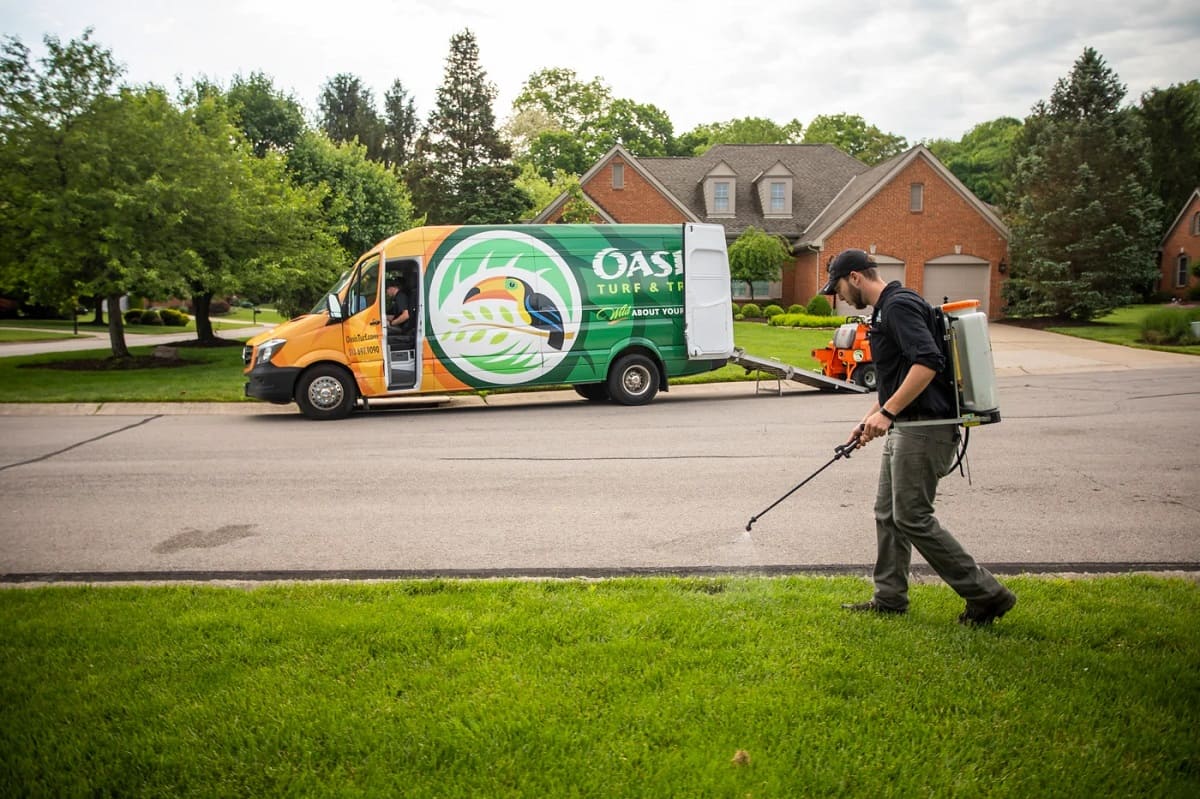
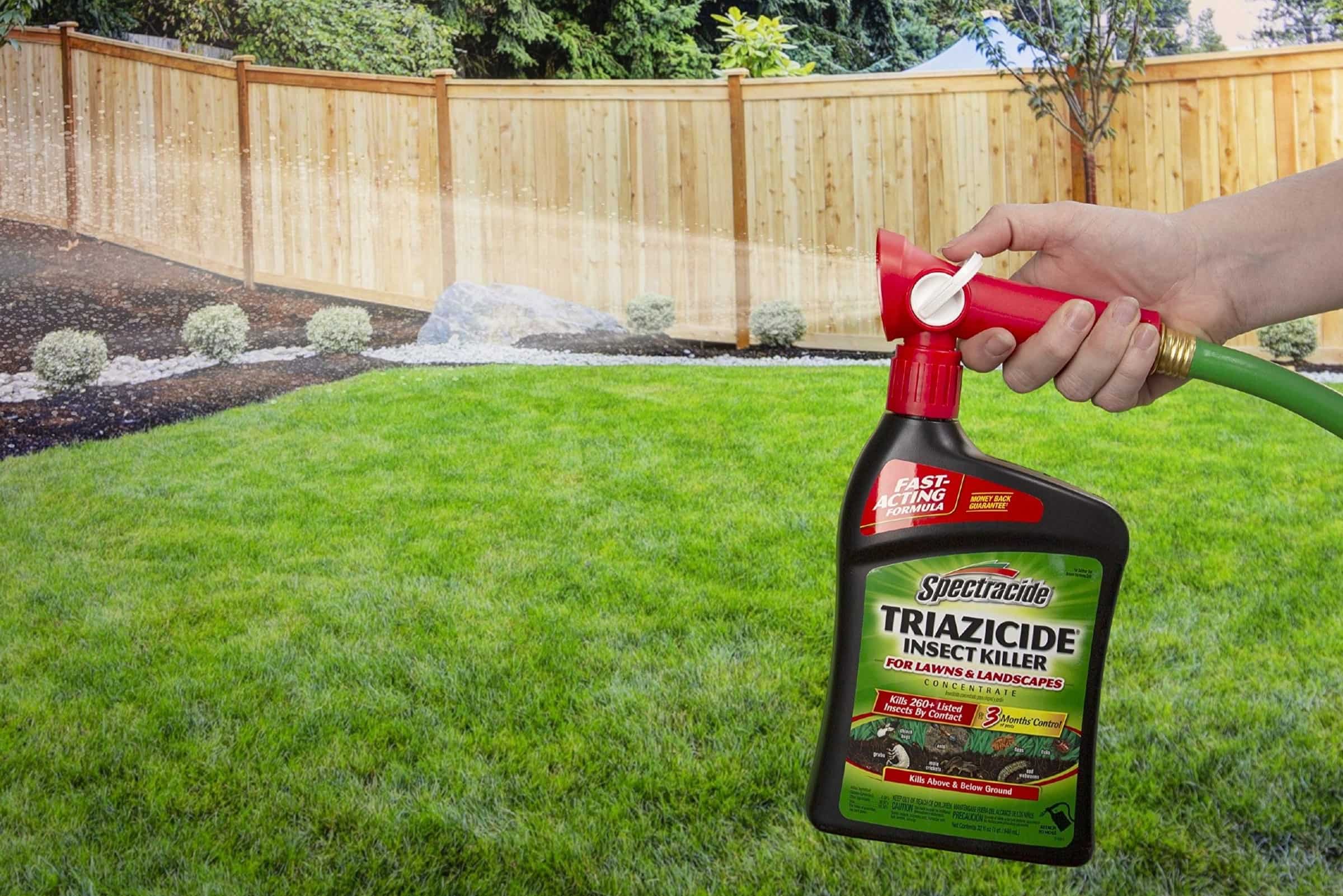
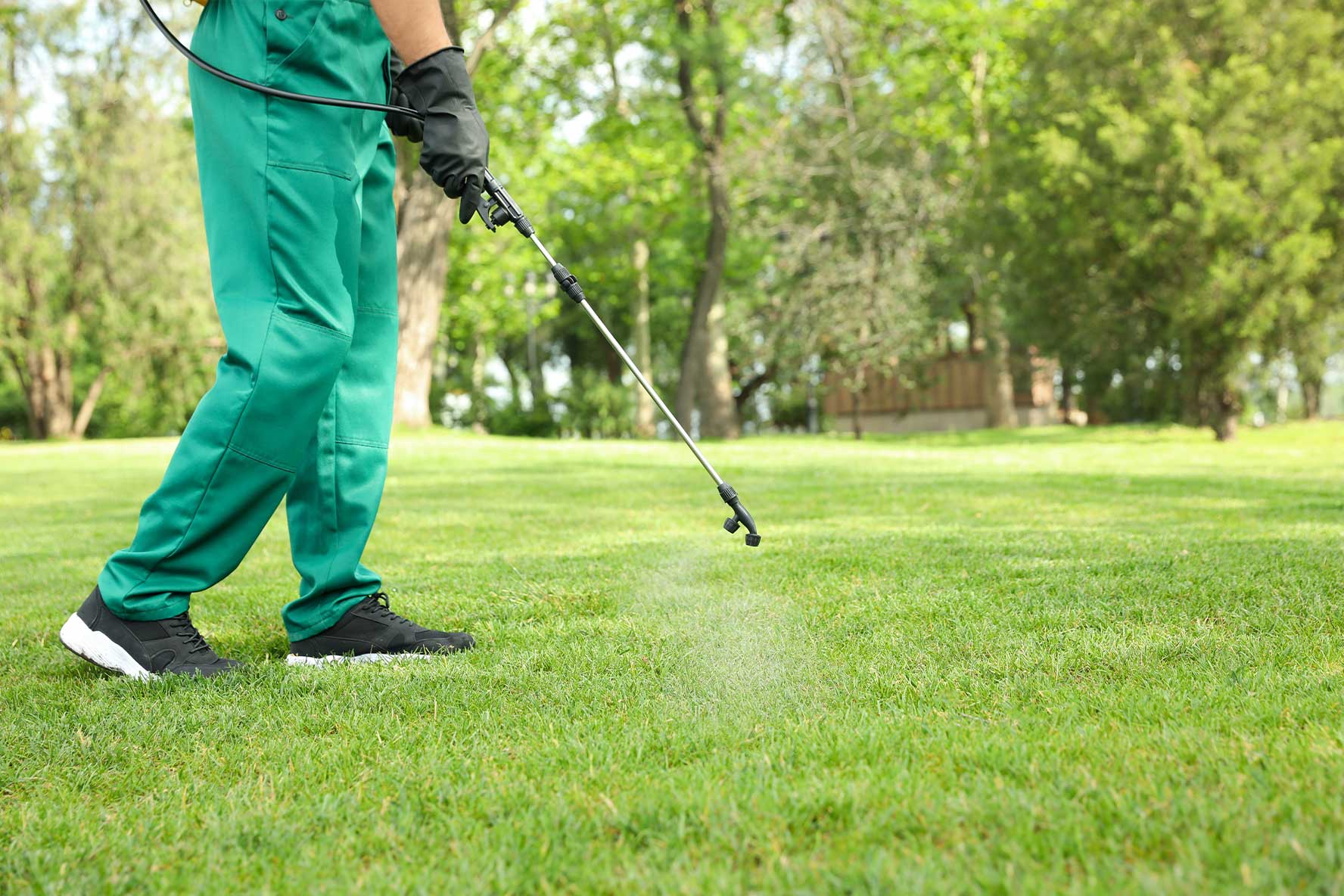
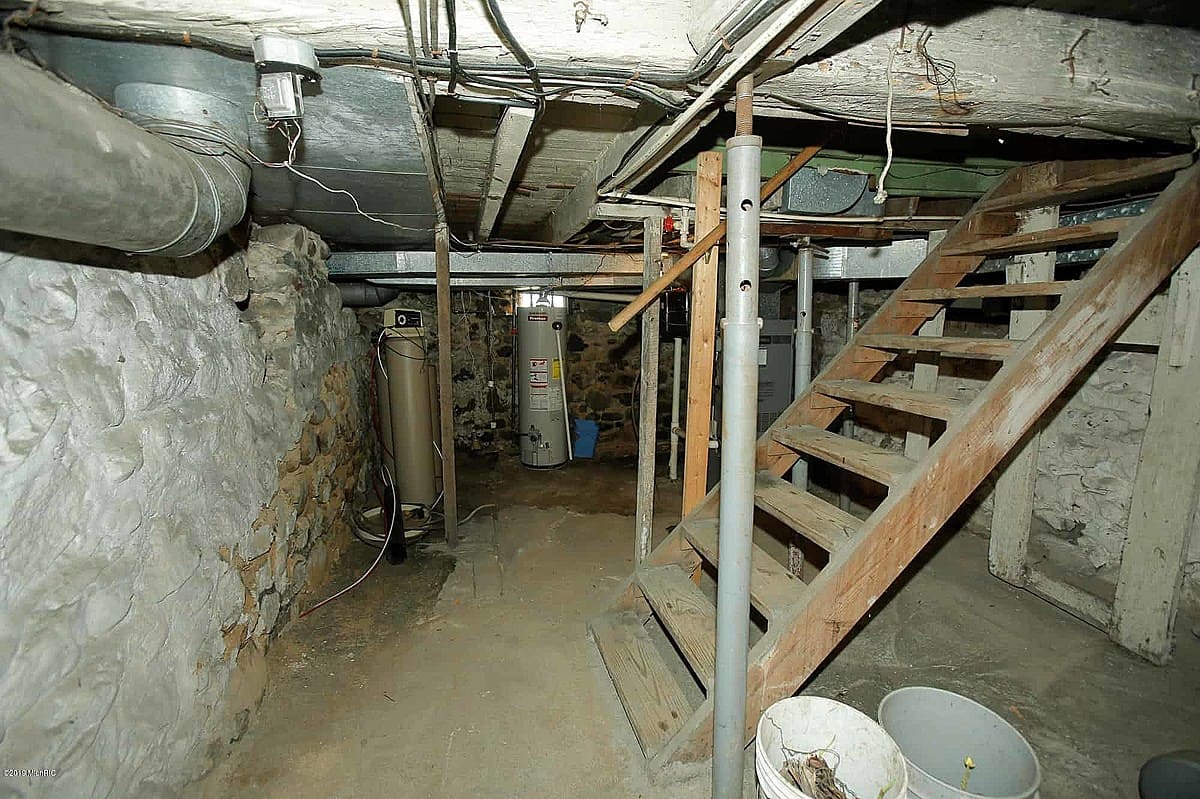
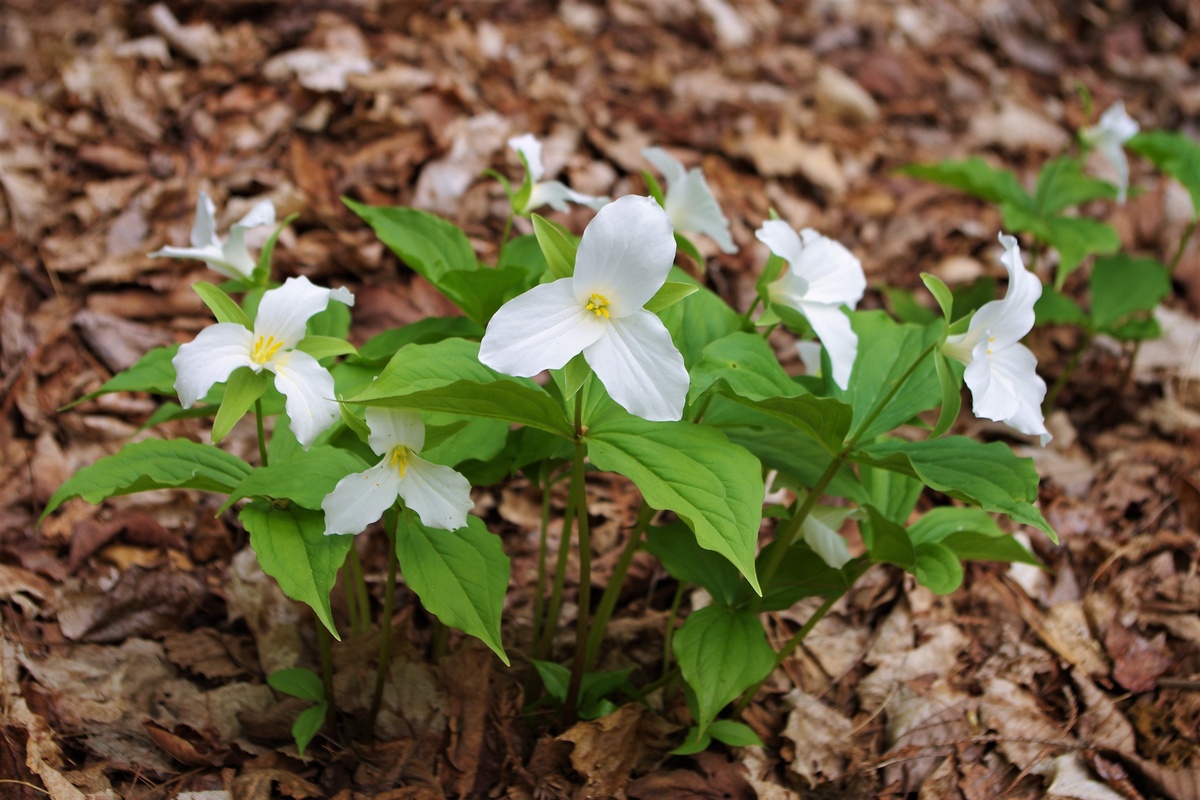

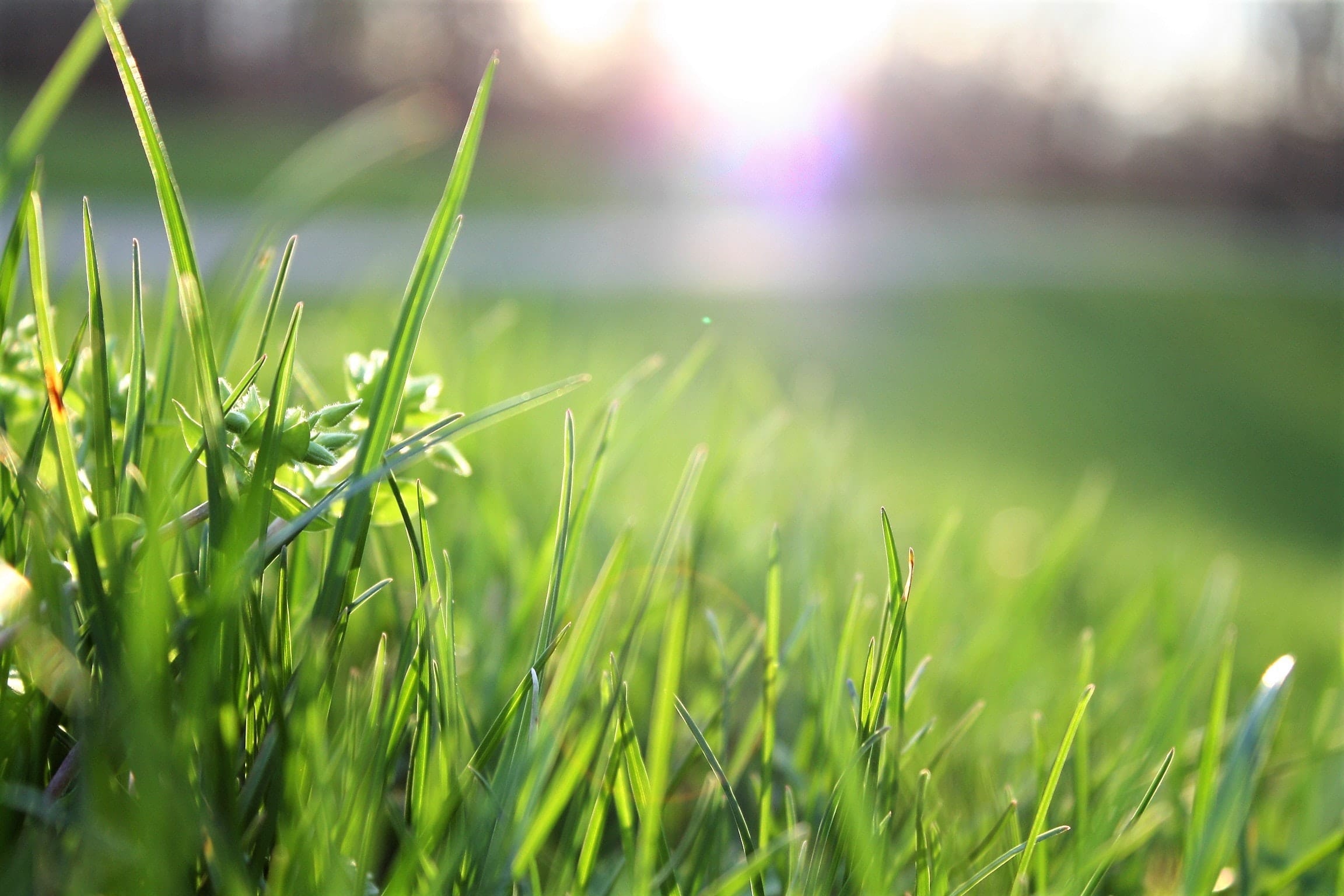

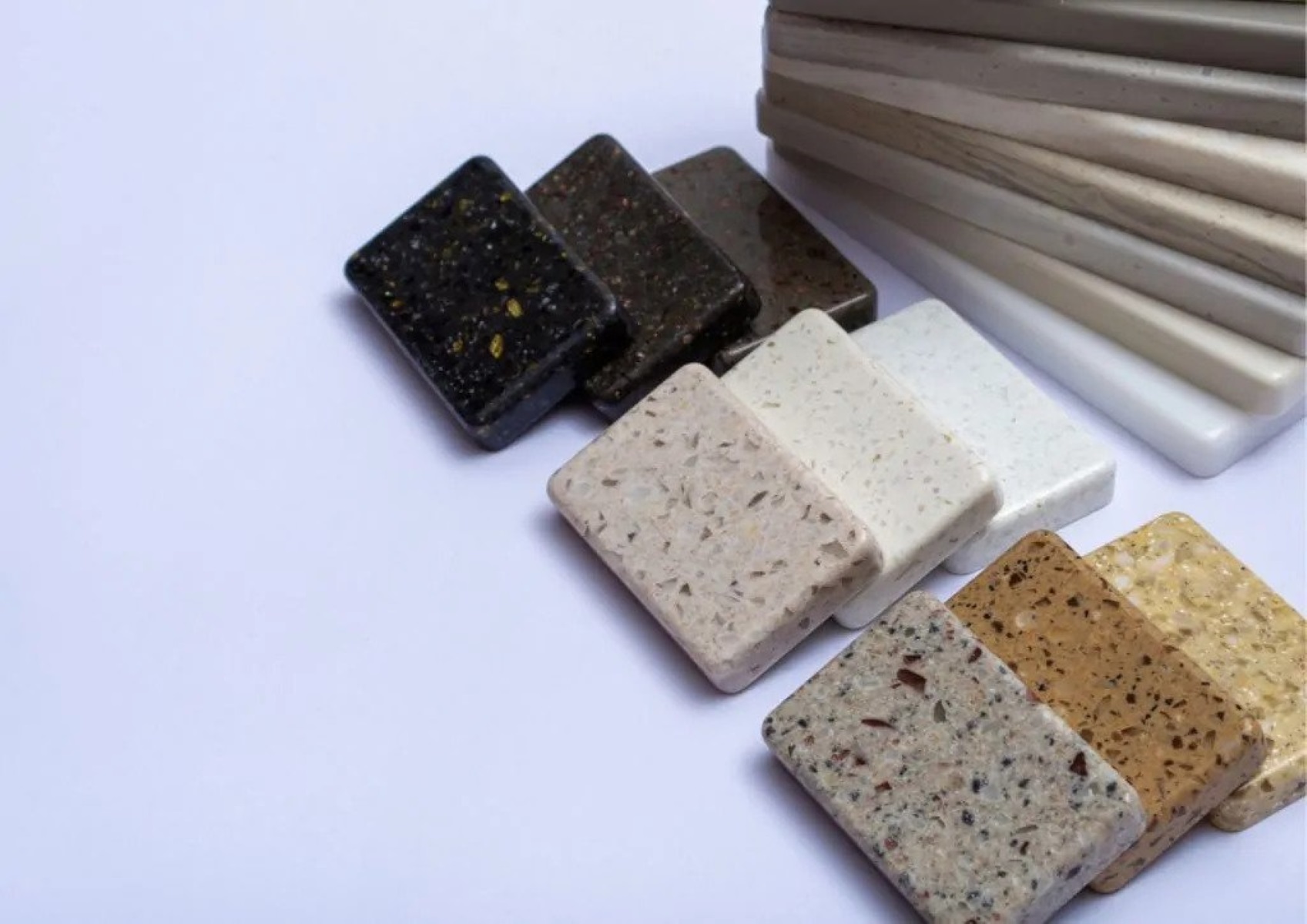

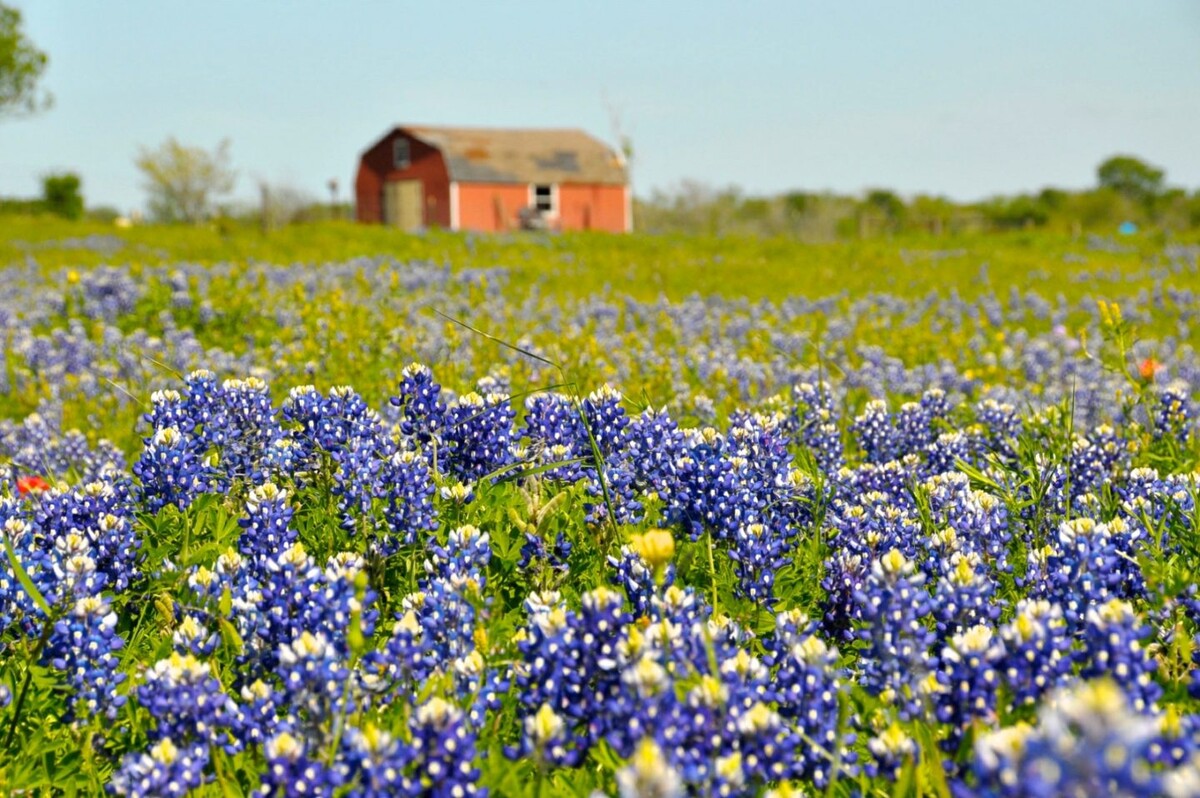




0 thoughts on “What Is The Most Destructive Insect Pest In Michigan Lawns?”